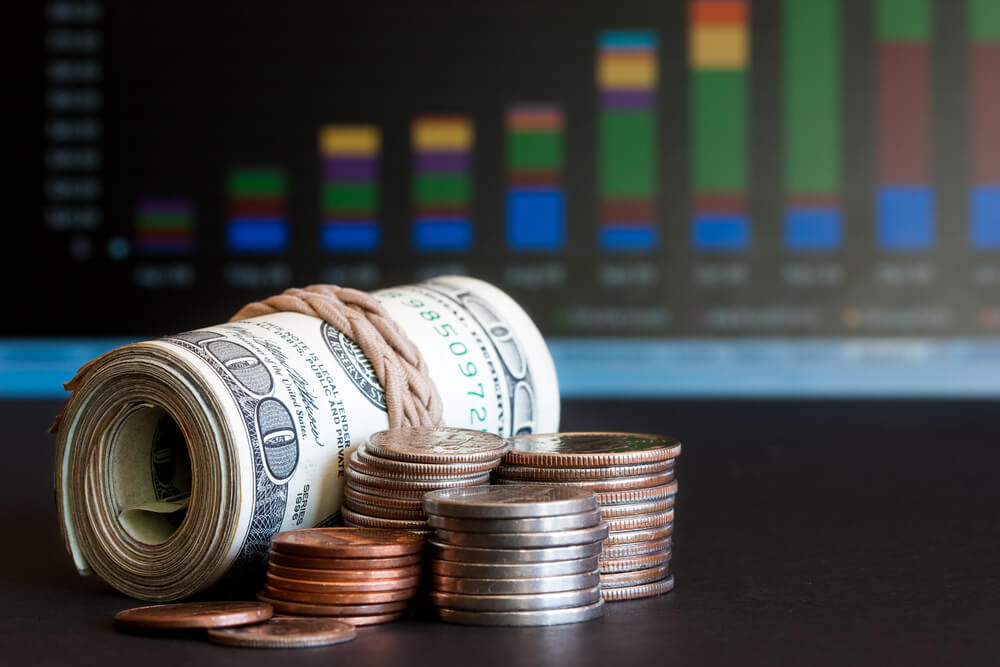What the US economy looks like now: in four diagrams
During the election campaign, President Donald Trump promised to increase the country's economy by more than 4%, which was not observed since the middle of the 2000-s.

Фото: Depositphotos
On Friday, his promises can come true - although not for long, writes CNN. Economists predict that the currency gross product (GDP) will rise between 4,1% and colossal 4,9%, compared to 2% in the first quarter.
In many respects, the United States economy is in excellent shape: the unemployment rate is close to the 18-year low, factories are receiving more orders, and exports are growing. But analysts also warn that abundance can be short-lived, since the high numbers of the quarter will also reflect haste.
“Enjoy the best 2Q GDP figure yet, which may be the last,” Andrew Schetz, strategist at Mortgage Stanley, wrote in a note. “We believe 2H will follow a different storyline, slowing growth and increasing inflation in key regions.”
Another disturbing trend is the slowdown in other countries, as this does not bode well for the United States. Earlier this month, research firm IHS Markit stated that trade tensions exacerbated pressure from high oil prices and rising interest rates, and, according to forecasts, the growth of the US economy by 2020 will slow to 1,7%.
Of course, no one really knows how everything will be. Here are four diagrams explaining what is happening in the economy today and how this may affect the future.
1. Unemployment and underemployment
The unemployment rate in the United States is as low as it has been for decades, and there are now more open jobs than claiming workers.
Still, the number of discouraged workers—those who want to work but have stopped looking because they can't find one—and the number of part-time workers who would rather work full-time are higher than before the crisis.
This may be the reason that the wage growth over the past year has remained unchanged, according to the Bureau of Labor Statistics. For some, wages rose by about 1,2% over the course of the year, but this is still not enough to help workers get out of the debts they got during the recession.
2. Consumer spending and income
Consumer spending accounts for two thirds of the United States economy, and has been at a sufficient level in the past few years. But spending grows faster than after-tax income.
As a result, people do not postpone as much as they should. Savings as a percentage of disposable income are 3,2%, compared to its record minimum of 1,9% in 2005.
If another recession occurs, Americans may not have enough financial “pillows” to survive a job loss or other financial difficulties.
3. Late credit card and mortgage payments
Another sign that Americans are on the verge is the backlog in loan payments.
Meanwhile, the number of foreclosures is as low as it was 17 years ago, according to real estate research firm Black Knight. However, the level of overdue mortgages is better than before the 2008 crisis of the year.
In general, consumers spend more of their income on debt service payments, which only worsens as interest rates rise.
4. Corporate profit
Trading companies that are sensitive to trade, may worry about the future, as indicated by the Federal Reserve. Nevertheless, the profit for the second quarter increased in comparison with the first, which is largely due to the reduced corporate tax rate.
Despite some of these fundamental flaws and trouble spots overseas, America still looks confident.
“We simply don't have evidence that the U.S. economy is turning negative right now,” says Lisa Embo-Mattingly, director of research in the Global Asset Allocation group at Fidelity Investments.
But this may change if it turns out that companies are really stocking up, and trade wars are worsening. “I guess corporate America knows what's going on.”
Read also on ForumDaily:
12 everyday habits that help save money
How to live in America for the minimum wage
Moving to the USA: work, pitfalls and the American dream
Mobility as a lifestyle: why Americans love mobile homes
How to see the world, while saving $ 60 thousands: traveler tips
How to save on electricity this summer
Registration in the USA: is it possible to live in America without documents?
Work for one day: new trends in the US economy
Subscribe to ForumDaily on Google NewsDo you want more important and interesting news about life in the USA and immigration to America? — support us donate! Also subscribe to our page Facebook. Select the “Priority in display” option and read us first. Also, don't forget to subscribe to our РєР ° РЅР ° Р »РІ Telegram and Instagram- there is a lot of interesting things there. And join thousands of readers ForumDaily New York — there you will find a lot of interesting and positive information about life in the metropolis.











